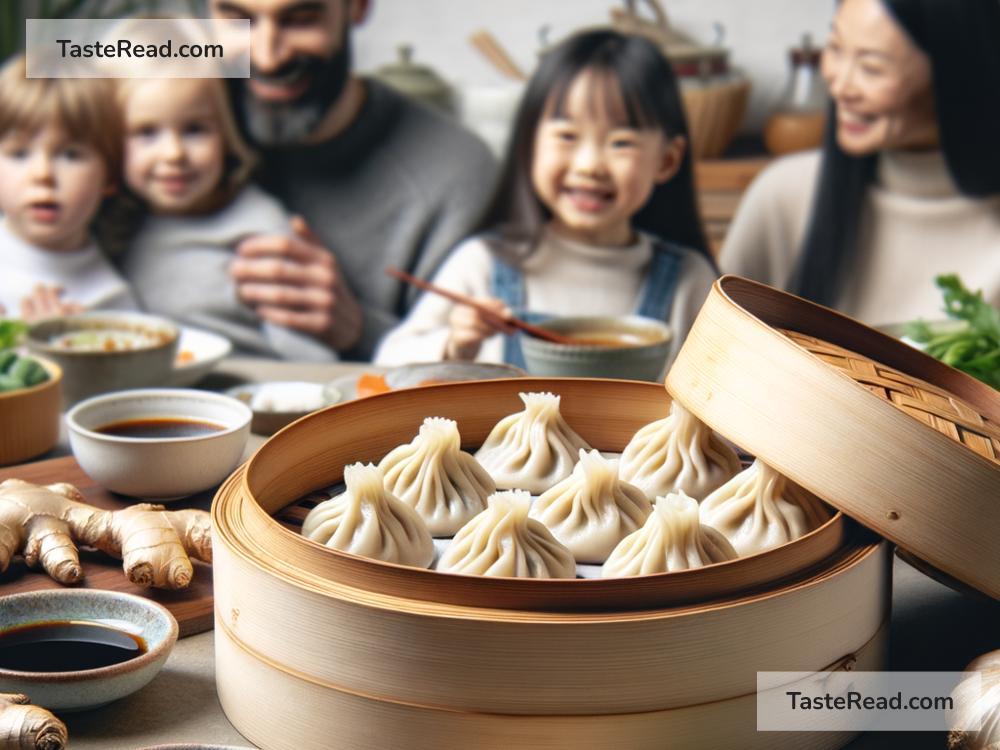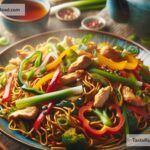The Evolution of the Chinese Dumpling
Chinese dumplings are loved all over the world. They’re small, delicious bundles of joy that can be steamed, boiled, fried, or baked. But did you know that dumplings have a fascinating history? Over centuries, they have evolved from simple staples of Chinese households to international icons of Chinese cuisine. Let’s take a journey through time and explore how these tasty little treasures became what they are today.
The Humble Beginnings
The story of the Chinese dumpling begins over 1,800 years ago during the Han dynasty (202 BC–220 AD). It is believed that dumplings were invented by Zhang Zhongjing, a famous Chinese physician. Legend has it that during a particularly harsh winter, many people in his hometown were suffering from frostbite and hunger. Zhang Zhongjing wanted to help and created the very first dumplings.
He made small dough wrappers filled with minced meat and medicinal herbs like garlic and spices. These dumplings were boiled and distributed to the villagers. Not only did they provide warmth and nourishment, but the herbs also helped cure frostbite. These early dumplings were called “jiaozi,” which we still call them today.
Dumplings Spread Across China
As time went on, dumplings started popping up all over China. Different regions created their own versions, each with unique fillings, shapes, and cooking methods.
-
Northern China: In colder northern regions, dumplings became a staple food, especially during the Chinese New Year. The fillings often included pork, cabbage, and green onions—ingredients that added flavor but were affordable for everyday families.
-
Southern China: In the warmer south, dumplings took on lighter, more delicate forms like wontons. These dumplings were often filled with shrimp or chicken and served in soup, creating a cozy, aromatic meal.
-
Central China: The Sichuan region added its famous spicy twist to dumplings. Fillings were spiced with chili oil and Sichuan peppercorns, making them bold and flavorful.
Each region developed its own techniques and preferences, but one thing remained unchanged: dumplings became a comfort food for millions.
Dumplings and Chinese New Year
Dumplings aren’t just food – they symbolize prosperity and family unity. This is why they’re a must-have during Chinese New Year celebrations. Dumplings are shaped like ingots, the ancient form of Chinese money, so eating them is thought to bring wealth and good fortune for the year ahead.
Making dumplings is also a communal activity. Families often gather around the table to wrap dumplings together, sharing stories and laughs. This tradition brings people closer, strengthening family bonds even in today’s busy world.
Dumplings Take Over the World
Over the years, Chinese dumplings made their way beyond China’s borders. Today, they are celebrated globally, with countless variations inspired by traditional Chinese recipes. In the 19th and early 20th centuries, Chinese immigrants brought dumplings to countries like the United States, Australia, and Canada.
Initially, dumplings were sold in small family-run restaurants in Chinatowns. They were a hit! Customers loved their variety, affordability, and mouthwatering taste. Soon, dumplings became a global sensation, with non-Chinese chefs experimenting and creating fusion versions.
Today, you’ll find dumplings in all sorts of spaces: fancy restaurants, street food stalls, frozen food sections, and cookbooks. From potstickers to soup dumplings like xiaolongbao, the demand for dumplings just keeps growing.
A Modern Twist on Dumplings
While traditional dumpling recipes are still beloved, modern chefs have gotten creative with their approach. We now see dumplings filled with ingredients like cheese, mushrooms, smoked salmon, or even chocolate for dessert versions. Some chefs experiment with colorful dough made from spinach or beetroot, creating vibrant dumplings that catch the eye.
In addition, vegetarian and vegan dumplings have become popular as people’s eating habits change. Instead of meat, plant-based ingredients like tofu, mushrooms, and zucchini take center stage. These dumplings may be different from the originals, but they still carry the same spirit of creativity, flavor, and comfort.
Technology is also changing the way we enjoy dumplings. Machines can now wrap dozens of dumplings in minutes, making production faster and keeping up with global demand.
The Future of Dumplings
As dumplings evolve, one thing is certain: they will never go out of style. Their adaptability and versatility make them a timeless food. In addition, dumplings carry a cultural significance that helps people around the world connect to Chinese heritage.
Maybe the dumplings of the future will feature bold flavors we’ve never imagined, or perhaps they’ll be made using eco-friendly techniques and materials. No matter what, dumplings will remain at the heart of Chinese cuisine.
Conclusion
The Chinese dumpling has come a long way since its humble beginnings during the Han dynasty. Over the centuries, it has grown into a symbol of family, prosperity, and love, while earning a place on dining tables across the globe. Whether you’re enjoying traditional steamed dumplings or modern fusion creations, every bite carries a story, a connection to history, and a little piece of joy.
So the next time you eat a dumpling, remember: you’re tasting not just a delicious treat but a piece of history that has traveled through time and brought people together. Dumplings are proof that simple things can make life so much sweeter—and tastier!


